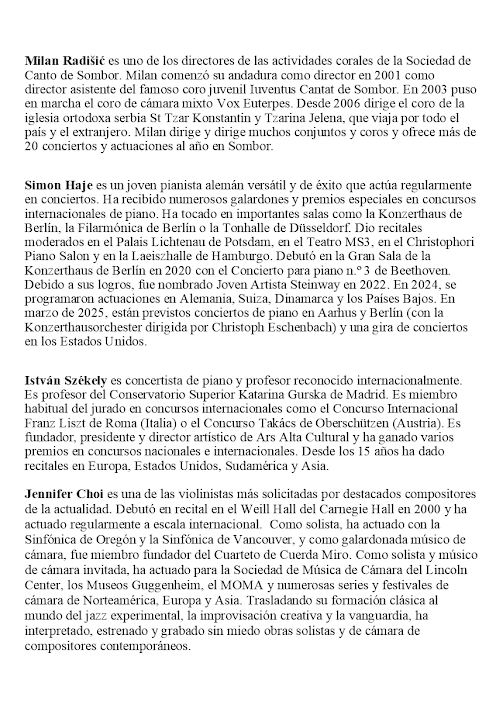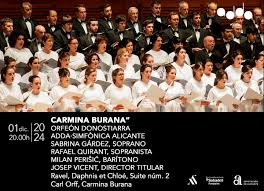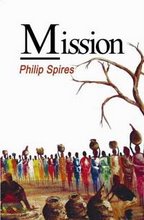CAPPELLA ANDREA
BARCA
SIR ANDRÁS SCHIFF, DIRECTOR Y PIANO
Johann Sebastian Bach, Concierto de Brandemburgo nº5 en Re Mayor (BWV 1050)
Wolfgang Amadeus Mozart, Concierto para piano núm. 25 en Do mayor, K.503
Johann Sebastian Bach, Triple concierto para flauta, violín, clave y cuerda
en La menor (BWV 1044)
Wolfgang Amadeus Mozart, Concierto para piano núm. 24 en Do menor, K.491
Sir András Schiff is renowned worldwide for his interpretation of the music of Mozart and Bach. I admit at the start that I respect the music of both composers and even recognize the gargantuan achievements of both. But rarely do I feel anything other than respect when I hear performances of their work. Sometimes, performances rise above my prejudice, and I am always delighted by these insights into the musical personalities of Bach and Mozart that a musician can reveal. It’s not that I actively dislike this music, it’s just that it rarely surprises me. So it was with preconceived expectations that I approached last night’s ADDA Alicante concert.
The program presented by András Schiff and Cappella Andrea Barca, the orchestra the soloist himself constructed to play alongside him, included two works from each composer. All four works were called concertos, but the Bach versions each featured three soloists. The works in question were the Brandenburg Concerto No5 and the Triple Concerto, BWV1044.
Besides having a significant part for a keyboard soloist, these two works also feature solo violin and solo flute. Indeed, the central slow movement of each work features only the three soloists, so here both works become chamber music. Cappella Andrea Barca’s leader Erich Höbarth was the violin soloist in both works. The orchestra’s two flautists Wolfgang Breinschmid and Wally Hase took turns to solo in the Brandenburg and the Triple respectively.
It is rare for me to criticize anything, but this will be one occasion when I do so. The flautists were both wonderful. Their playing was faultless and was delivered with obvious enthusiasm and commitment. Erich Höbarth, I am sure, is an accomplished violinist, but in the ADDA Hall last night, it was difficult to hear his part. This may be quite harsh, since the violin soloist is often playing along with the first violin part, but even on those occasions when he was playing alongside only the other two soloists, such as in the two slow movements of both concertos, his contribution remained barely audible. Now a flute can be an assertive voice, but neither flautist was playing in such a way as to deliberately drown out a colleague, let alone the leader of their own orchestra!
The two Mozart works were piano Concerto No24 and No25. The first one is a rather gentle affair to my ear, presenting a simple, perhaps over-simplified theme in a very simple way. Number 25 has more substance and is longer than its predecessor. András Schiff both directed and played the solo part with great ease. A grand piano is a perfect way of communicating a Mozart concerto, but many keyboard players would choose a smaller voice for the Bach works. In the hands of András Schiff, however, a lightness of touch and an obvious sympathy with the performers meant that the keyboard never dominated. One really felt that this orchestra loves playing with András Schiff and that everyone loves this music. But there again, there were times when there was more than a hint of “we have been here before”.
The audience demanded an encore and András Schiff delivered a Bach fugue. Everyone went home
happy.

















